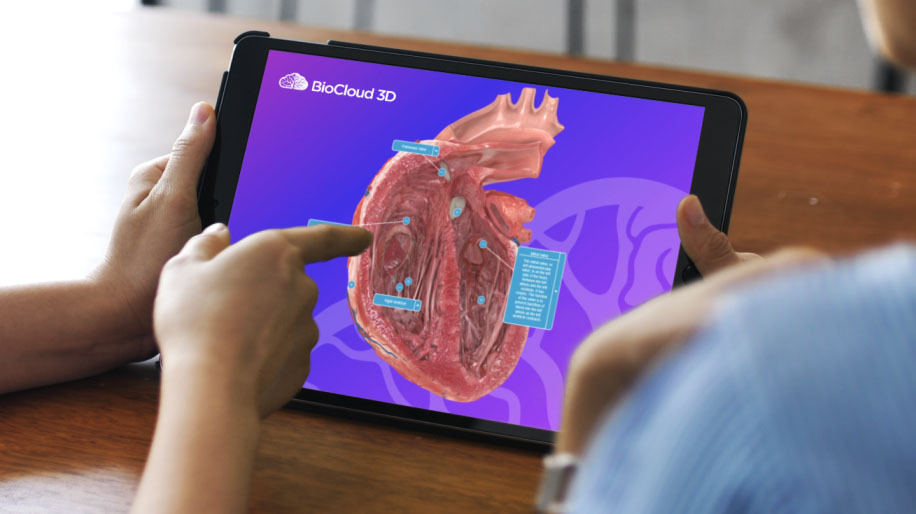Exploring Interactive 3D Anatomy in Medical Education & Training
In the realm of medical education & Training, understanding human anatomy, disease states, and therapeutic interventions is foundational for aspiring healthcare professionals. Interactive 3D anatomy has emerged as a transformative tool, offering students unique opportunities to explore and present complex medical concepts in engaging and immersive ways. Here’s how interactive 3D anatomy enhances medical education across various disciplines:
Anatomy and Physiology Exploration
Interactive 3D anatomy software allows students to delve deep into the intricacies of human anatomy and physiology. Through detailed, interactive models, students can manipulate structures, peel away layers, and examine anatomical relationships from multiple perspectives. This hands-on approach fosters a comprehensive understanding of the human body's structure and function, essential for diagnosing and treating medical conditions.
Visualizing Disease States
Visualizing Method of Disease states is crucial for medical students to grasp how pathologies affect the body. Interactive 3D anatomy platforms enable students to explore disease states in real-time simulations. From cancer progression to cardiovascular disorders, these visualizations illustrate how diseases alter normal anatomy, helping students recognize diagnostic clues and understand the rationale behind therapeutic interventions.
Explaining Therapeutics and Pharmacology
Understanding how drugs interact with the body is fundamental in medical education. Custom interactive 3D anatomy tools simulate pharmacological mechanisms, showing how medications target specific receptors or pathways within the body. Students can visualize drug actions at a molecular level, enhancing their comprehension of pharmacokinetics, pharmacodynamics, and therapeutic outcomes.
Unique Presentations and Demonstrations
Students can use interactive 3D anatomy to create dynamic presentations and demonstrations that go beyond traditional methods. Whether showcasing surgical procedures, explaining complex anatomical concepts, or presenting research findings, interactive 3d anatomy models and animations add a layer of depth and clarity that captivates audiences and facilitates peer-to-peer learning.
Real-Life Applications of Interactive 3D Anatomy in Medical Education
- Anatomy Labs: Virtual dissections and anatomical explorations with detailed 3D models.
- Pathophysiology Courses: Simulations of disease processes and their impact on organ systems.
- Pharmacology Modules: Visualizations of drug interactions and mechanisms of action.
- Research Presentations: Interactive presentations on medical topics using 3D models and animations.
Enhancing Learning Outcomes
Interactive 3D anatomy empowers students to engage actively with complex medical concepts, improving retention and comprehension. By offering custom immersive learning experiences, these tools prepare future healthcare professionals to apply theoretical knowledge to clinical practice effectively. Students develop critical thinking skills and gain confidence in their ability to navigate medical challenges, ultimately contributing to better patient care and outcomes.
Join the Evolution of Medical Education
Discover the transformative impact of interactive 3D anatomy in medical education. By embracing interactive 3D anatomy, students and educators can redefine learning experiences, fostering a new era of innovation and excellence in medical education. Let’s collaborate to shape the future of healthcare education through immersive and engaging educational technologies.
Please use the form below to reach out to our team. We'll contact you directly to address any questions you have.

